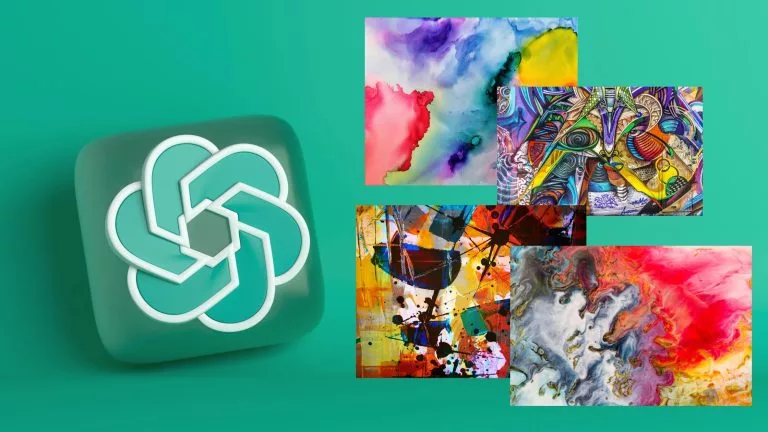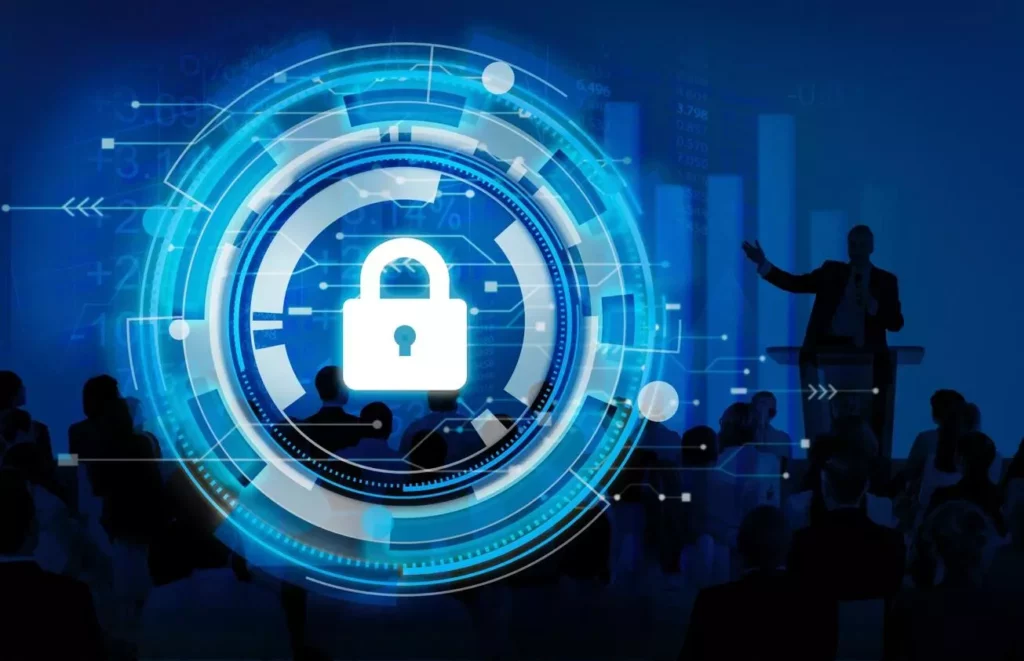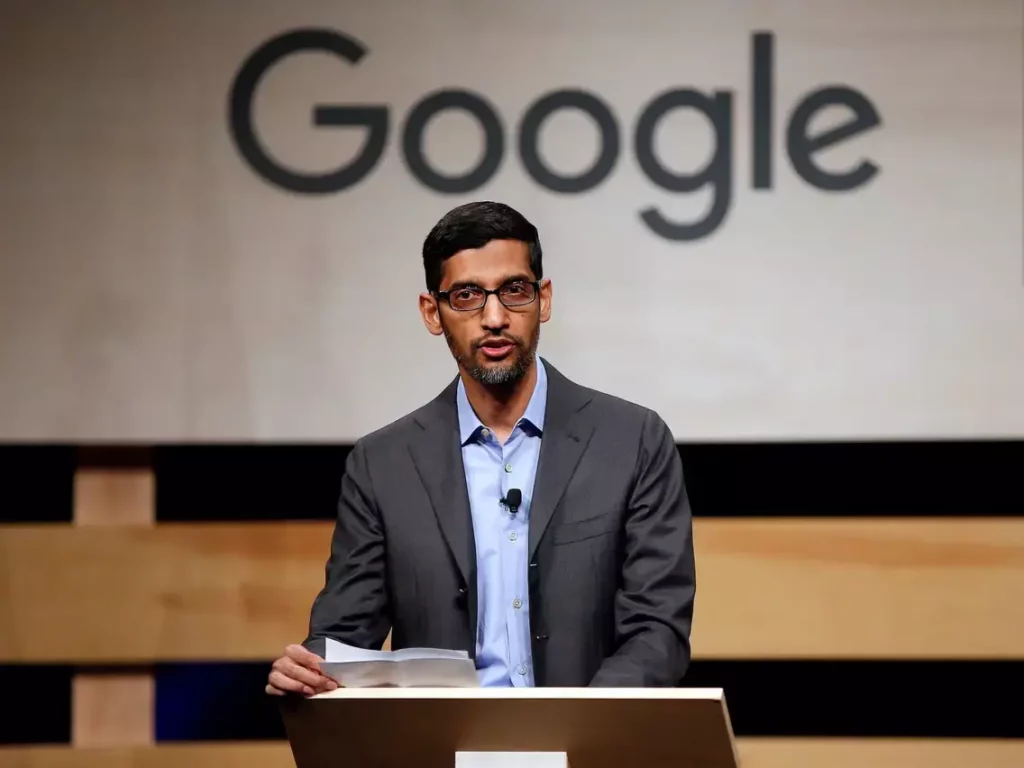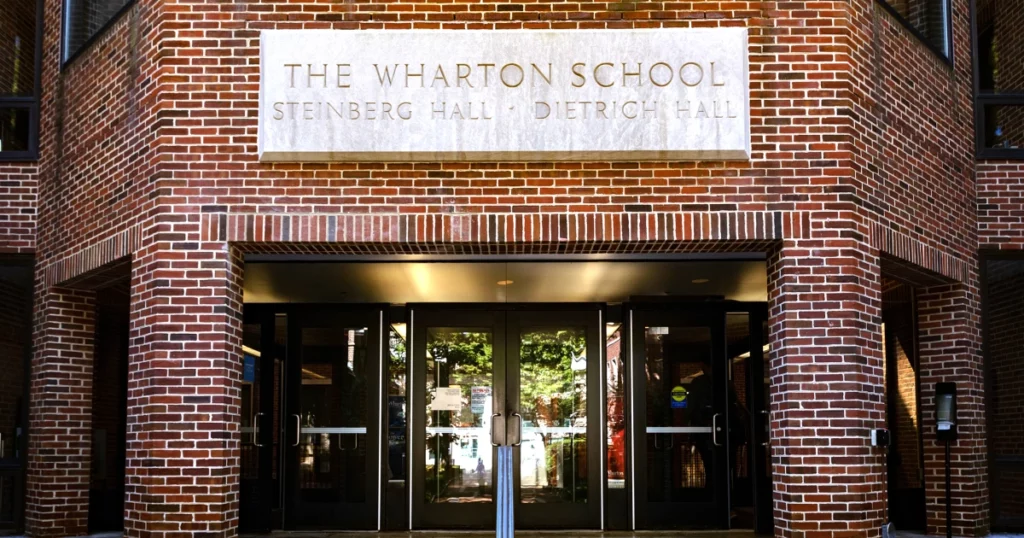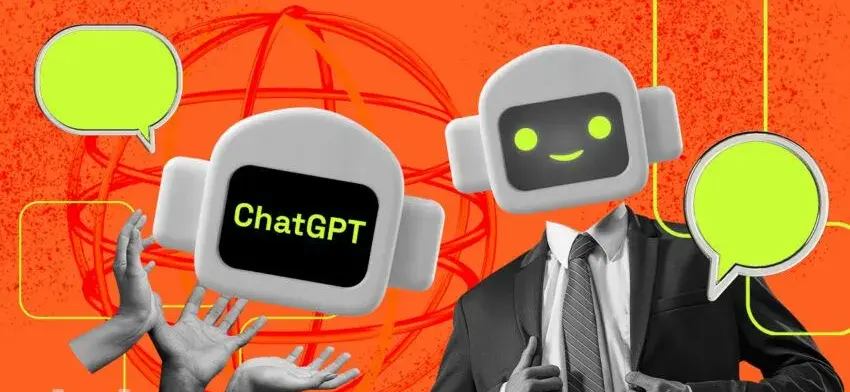ChatGPT changed the way we search the internet and also the way we consume information. The features of ChatGPT have been listed and written in golden words all over the internet. The sugar-coated praises about ChatGPT and its advanced features are available to people at one click, but the only thing wished for ChatGPT was to produce and interpret images. Finally, the prayers have been answered, and we have Microsoft Visual ChatGPT.
ChatGPT is evolving on a daily basis. The new features are being incorporated every day to make it more accessible. The recent upgrade of the AI chatbot has the feature of producing and taking information in the form of images. This upgrade has been unveiled by Microsoft recently. This feature was much awaited by the users.
The researchers at Microsoft have unveiled this feature with the aim of bringing ChatGPT and visual foundation models together. This feature will fill the void between text-to-image and natural language generation. The new upgrade of ChatGPT will combine AI language LLM with image generation, making the system whole.
In This Article
Microsoft Visual ChatGPT Working
ChatGPT, powered by OpenAI’s GPT Large Language Model (LLM) and Microsoft’s Prometheus model, incorporates multiple Visual Foundation Models (VFMs) to generate images. While most AI art generators rely on a single VFM, such as Stable Diffusion, Microsoft’s approach allows for a more diverse and flexible image generation process. This results in a broader scope of possibilities for Visual ChatGPT.
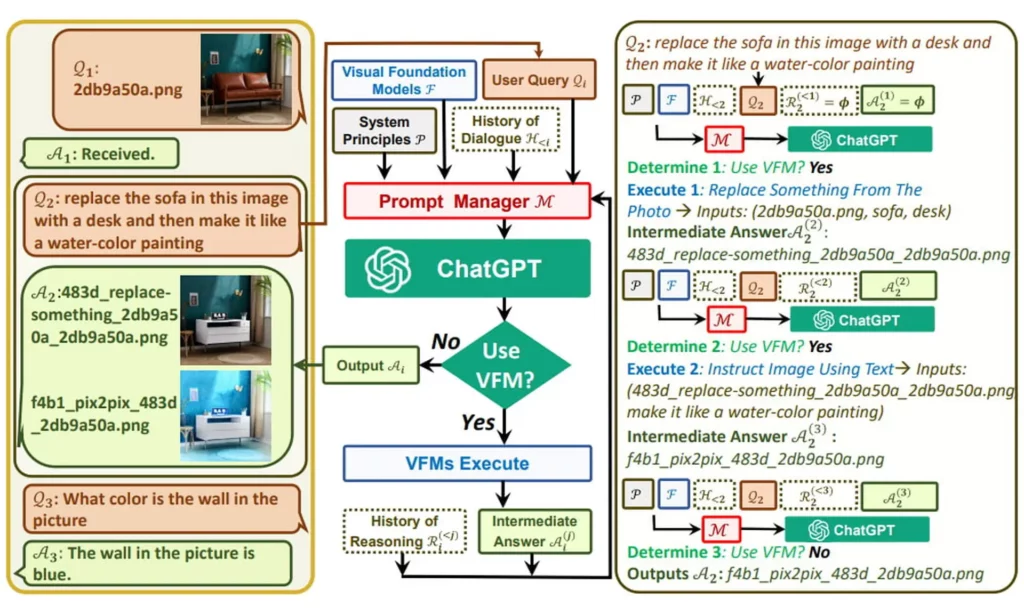
Microsoft developed a “Prompt Manager” to facilitate the integration of VFMs with ChatGPT. This bridging mechanism allows ChatGPT to iteratively leverage VFMs and receive feedback until it satisfies user requirements or meets the designated stopping criteria.
Where Could Microsoft Visual ChatGPT be Used?
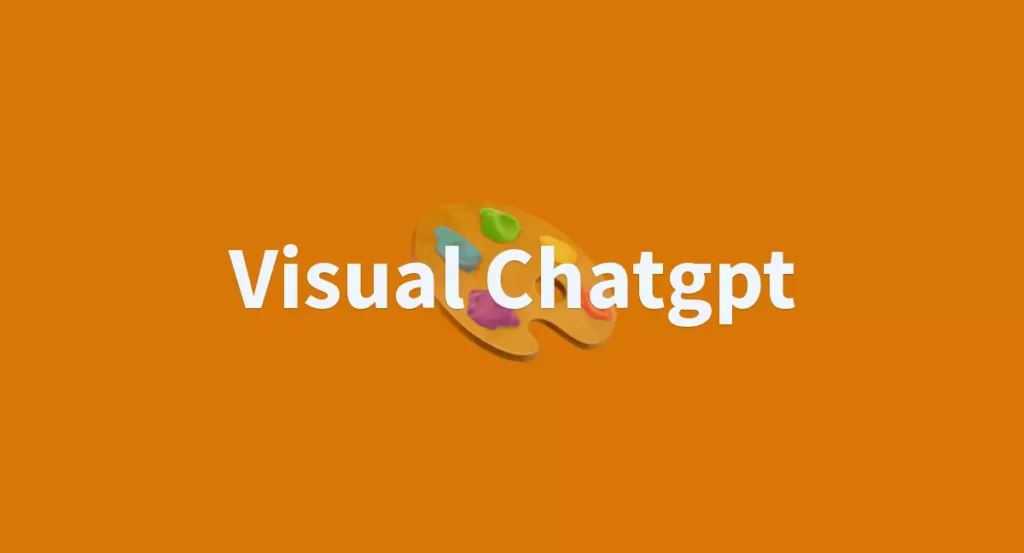
Visual ChatGPT is a new AI model developed by Microsoft that combines language and image processing to generate multi-modal responses in natural language. This model has a wide range of applications that involve visual components and require interactive communication between machines and humans.
One of the main advantages of Visual ChatGPT is that it enables the creation of more engaging and human-like chatbots that can respond to visual prompts in addition to textual inputs. For example, in the e-commerce industry, chatbots can be used to help customers find products by using visual prompts such as images or videos.
In the education industry, chatbots can be used to provide students with interactive and personalized learning experiences that incorporate both language and visual elements.
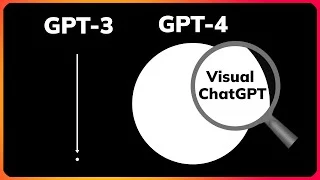
Another potential application of Visual ChatGPT is in the virtual assistant industry, where it can be used to create more human-like interactions between machines and humans. Virtual assistants can use visual prompts to help users complete tasks more efficiently and effectively. For example, a virtual assistant could use visual cues to help a user navigate a complex task, such as booking a flight or making a reservation.
Concerns related to Microsoft Visual ChatGPT
As with any advanced technology, there may be concerns related to the use of Visual ChatGPT. One of the main concerns is related to the potential misuse of this technology. For example, there is a risk that Visual ChatGPT could be used to generate fake images or videos that could be used to spread disinformation or manipulate public opinion. This could be particularly concerning in the context of political campaigns or other sensitive areas.
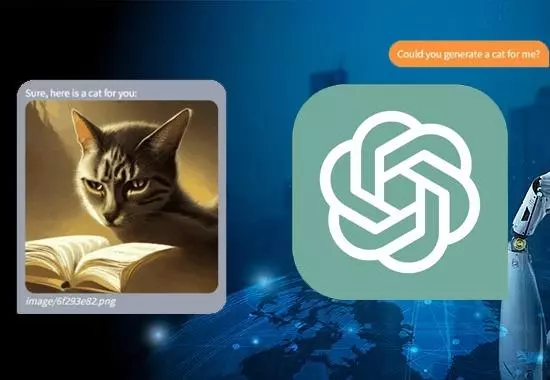
Another concern is related to the potential bias in the data used to train the model. If the training data is biased, then the model may generate biased or discriminatory responses. For example, if the model is trained on data that is biased against certain demographics or groups, it may generate responses that reflect this bias.
Privacy is also a concern when using Visual ChatGPT as it involves the use of personal data such as images, videos, and textual prompts. As with any technology that involves the use of personal data, there is a risk of data breaches or unauthorized access to sensitive information.
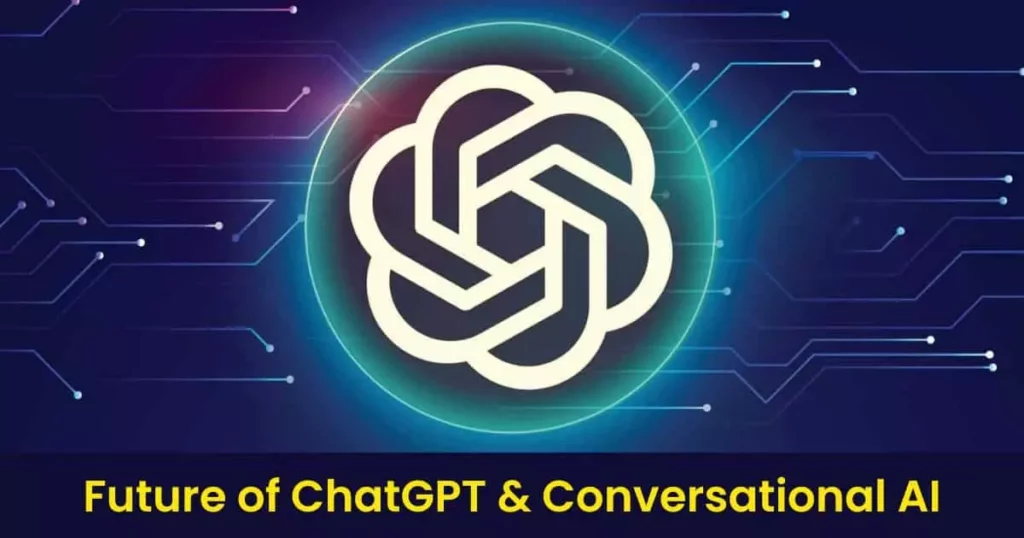
Finally, there may be concerns related to the impact of Visual ChatGPT on the job market. As chatbots and virtual assistants become more advanced, they may replace human workers in certain industries, leading to job displacement and economic disruption.
Wrapping Up
Visual ChatGPT is a groundbreaking technology that combines language and image processing to generate multi-modal responses in natural language. This technology has the potential to transform the way machines and humans interact, enabling more engaging and personalized conversations that incorporate both language and visual elements.
However, there are also concerns related to the potential misuse of this technology, bias in the data used to train the model, privacy, and job displacement. As such, it is important to carefully consider the implications of this technology and take steps to address these concerns while exploring its full potential.
Hope you enjoyed reading about Microsoft Visual ChatGPT
Frequently Asked Questions
Can Visual ChatGPT be used for editing images?
Yes, Visual ChatGPT can be used for editing images.
Is Visual ChatGPT part of ChatGPT4?
Yes, Visual ChatGPT will be a part of ChatGPT 4.
When will ChatGPT 4 release?
The official date for the release of ChatGPT 4 has not been confirmed by OpenAI, but it is being speculated that in the first quarter of this year, it may be released.
